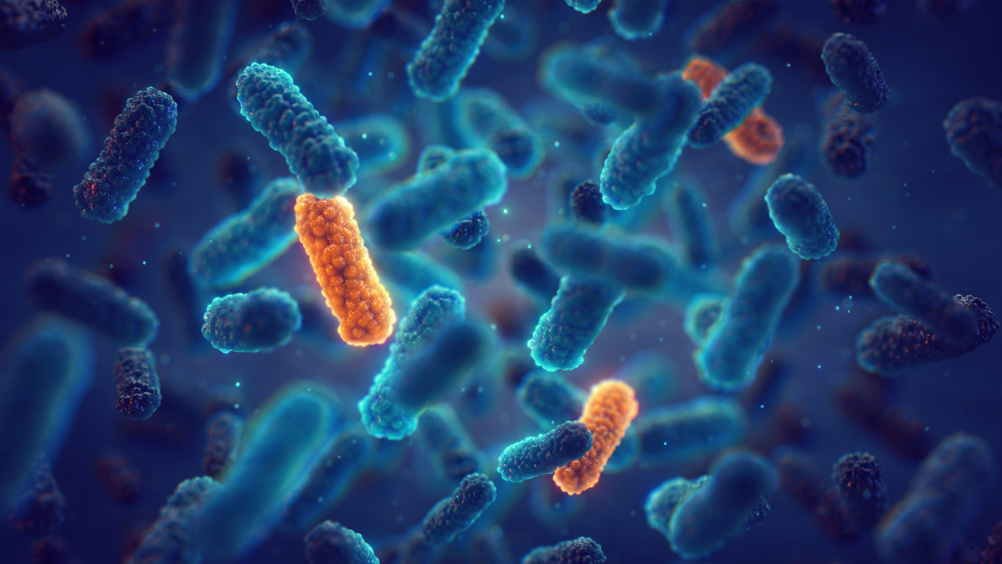New AI model to design superbug-fighting antibiotics
Researchers from McMaster and Stanford Universities have developed a new generative artificial intelligence model which can design billions of new antibiotic molecules.

The researchers said that the worldwide spread of drug-resistant bacteria has created an urgent need for new antibiotics, but even modern AI methods are limited at isolating promising chemical compounds, particularly when researchers must also find ways to manufacture and test these new AI-guided drugs.
This new generative AI model, named SyntheMol, can design new antibiotics to counter this problem – in particular, to stop the spread of Acinetobacter baumannii, which the World Health Organization (WHO) has identified as one of the world’s most dangerous antibiotic-resistant bacteria.
The researchers said that A. baumannii is ‘notoriously difficult to eradicate’ and can cause pneumonia, meningitis and infect wounds. They added that few treatment options remain.
In a statement, lead author and an assistant professor in McMaster’s Department of Biomedicine & Biochemistry, Jonathan Stokes, said: “Antibiotics are a unique medicine. As soon as we begin to employ them in the clinic, we're starting a timer before the drugs become ineffective, because bacteria evolve quickly to resist them.
Register now to continue reading
Thanks for visiting The Engineer. You’ve now reached your monthly limit of news stories. Register for free to unlock unlimited access to all of our news coverage, as well as premium content including opinion, in-depth features and special reports.
Benefits of registering
-
In-depth insights and coverage of key emerging trends
-
Unrestricted access to special reports throughout the year
-
Daily technology news delivered straight to your inbox










Water Sector Talent Exodus Could Cripple The Sector
Maybe if things are essential for the running of a country and we want to pay a fair price we should be running these utilities on a not for profit...